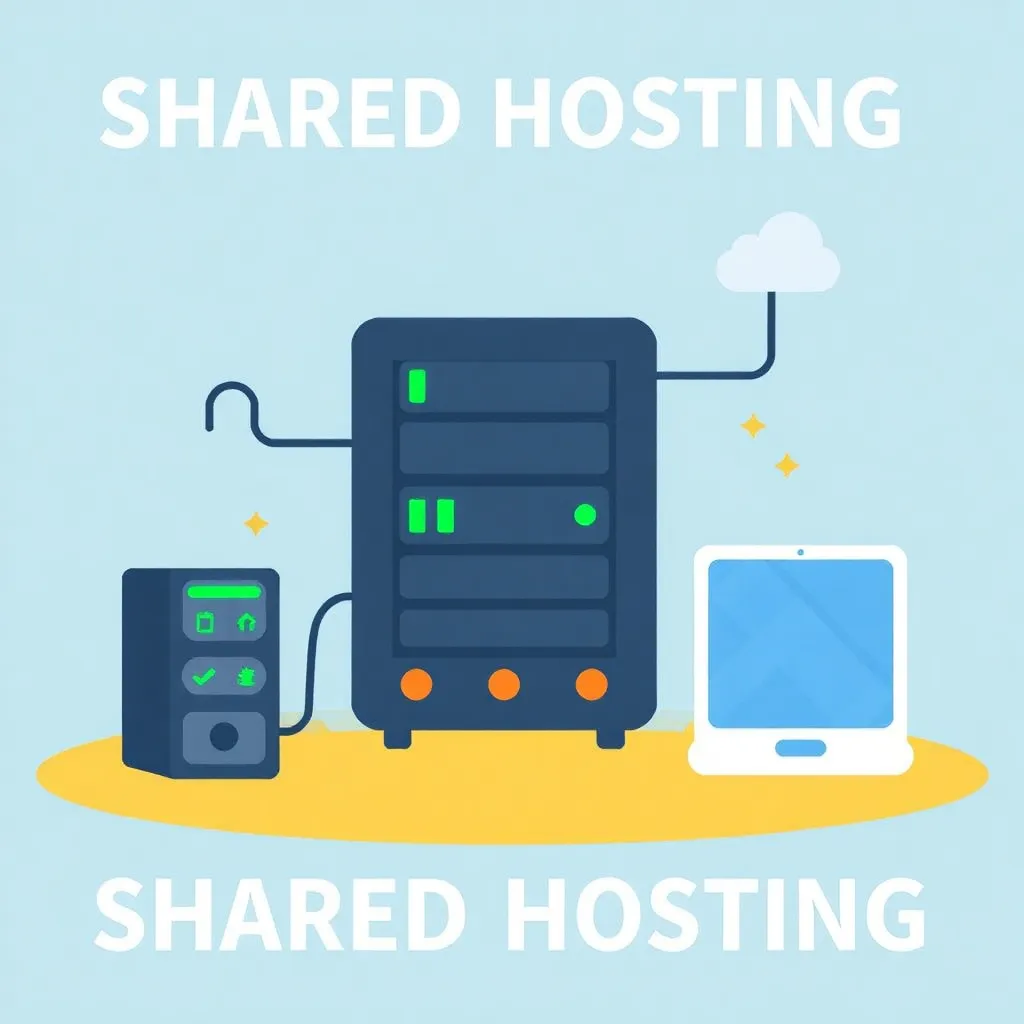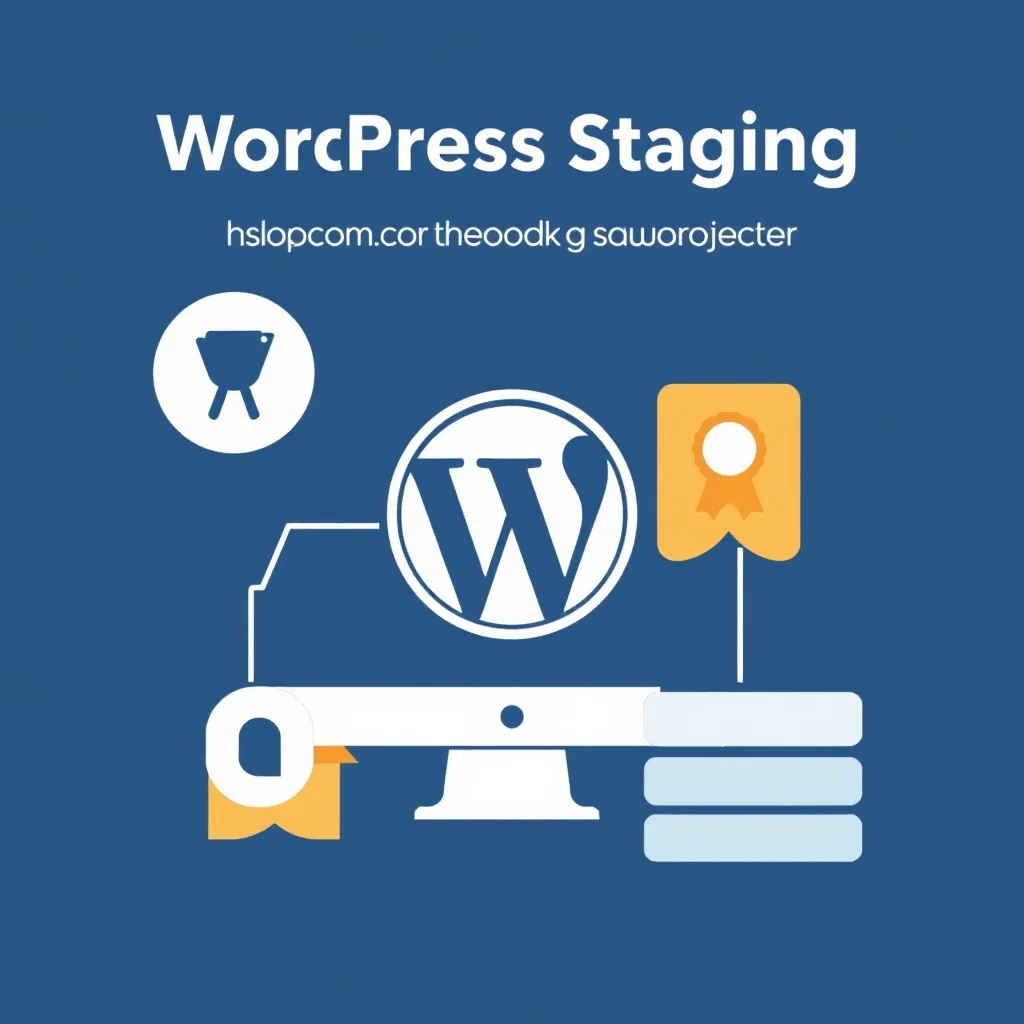WordPress is one of the leading open source software for creating blogs. The uncomplicated handling and the high-quality results have made the CMS well-known and popular. Beginners make mistakes particularly often, which can be avoided with a little prior knowledge. We show you the most common WordPress beginner mistakes and clarify how you can avoid them.
Avoid typical beginner mistakes with WordPress
WordPress is probably the most popular software for creating blogs. The easy handling, the uncomplicated plugins and the free usage has made WordPress to one of the most popular open source CMS within a short time. We reveal the typical WordPress mistakes and show you how to avoid them.
Tip 1: Try out plugins
Whoever uses WordPress for the first time learns to use the software in a playful way. After some time the use is even quite fun. As a beginner, dozens of plugins are tried out - simply to test the functions, to satisfy curiosity and to get to know new, interesting features. This is also perfectly ok. However, most beginners forget to delete or at least deactivate the plugins after trying them. If you have a lot of plugins installed, you are using up your webhoster's resources and contribute to the blog running slower overall. Users are impatient and jump off. In addition, the blog is devaluated by search engines, which leads to a stagnation of the number of visitors.
Tip 2: Create backups
Most beginners create their blog in laborious detail work. This is not least due to the fact that beginners have to get used to the software slowly. If backups are neglected, the blog may suddenly disappear and have to be completely rebuilt. A backup can be set up extremely easily with WordPress. All you need to do is install the WordPress Backup Plugin, which automatically creates backups at regular intervals. Probably the best known plugin for creating backups is BackWPup.
Tip 3: Assign unused and deactivated plug-ins
Every archive, every page and every blog article has a fixed link in WordPress, under which the content can be accessed (permalink). WordPress automatically creates permalinks such as "www.test.de/?p=1234". These permalinks look unattractive and look unprofessional. If you want to optimize your blog for search engines, you should optimize the permalinks with appropriate Keywords provided. In the admin area, the permalink structures can be changed under "Settings" and then under "Permalinks".
Tip 4: Optimize images
If you want to create a blog, you start by uploading pictures to fill the blog with life. After all, pictures say more than 1,000 words. The first thing to consider is whether the pictures may be used at all. All images must be licensed so that no warnings or claims for damages can be made. Beginners tend to upload images in an extremely large format that are not compressed. These increase the loading time of the blog and make the whole appearance slow. With plugins like Optimus, Image Optimizer or WP Smush.it, images can be optimized automatically.
Tip 5: Think about regular updates
Updates are always annoying. But if you neglect updates for WordPress itself, plugins or themes, you run a big risk. Security holes can lead to unauthorized persons accessing the blog. Updates for WordPress are uncomplicated and can be done with just one click - in addition, they often contain new functions. With a plugin updater, updates can be done automatically. Alternatively, at least one reminder function can be activated.
Tip 6: Use the SEO plugin
If you want to generate users, you should optimize your WordPress blog seo. Those who do not use SEO plugins are giving away the potential of their blog. With a good SEO plugin, a lot of work is taken off your hands. The plugin automatically generates metadata for each article, which can be manually adjusted. It also prevents duplicate content - this is of particular importance for search engine ranking. A recommendable SEO plugin is WPSEO.
Tip 7: Pay attention to safety
Whoever wants to run a secure WordPress blog should pay attention to appropriate security measures. This includes regular backups, updates, strong passwords and new user names (do not use "admin"). You can also install security plugins such as iThemes Security. The database prefix should be changed. The login attempts in the admin area should be limited with plugins.
Tip 8: Select good themes
With WordPress there are thousands of themes - from these a suitable Theme be selected. Please note that not all themes are suitable for your blog. Poorly programmed themes have unclean codes, work slowly, are packed with graphics and may contain malicious code. They are not always suitable for mobile devices such as smartphones, tablets, etc. Themes should therefore only ever be obtained from WordPress itself or from well-known providers. The performance of themes is very important. They should have fast loading times, clean code and few database queries.
Tip 9: Use caching plugin
Optimize blog loading times with caching plugins such as WP Super Cache or W3 Total Chache. Performance optimization is an important part of search engine optimization and should not be underestimated!



